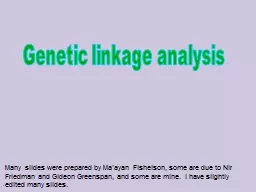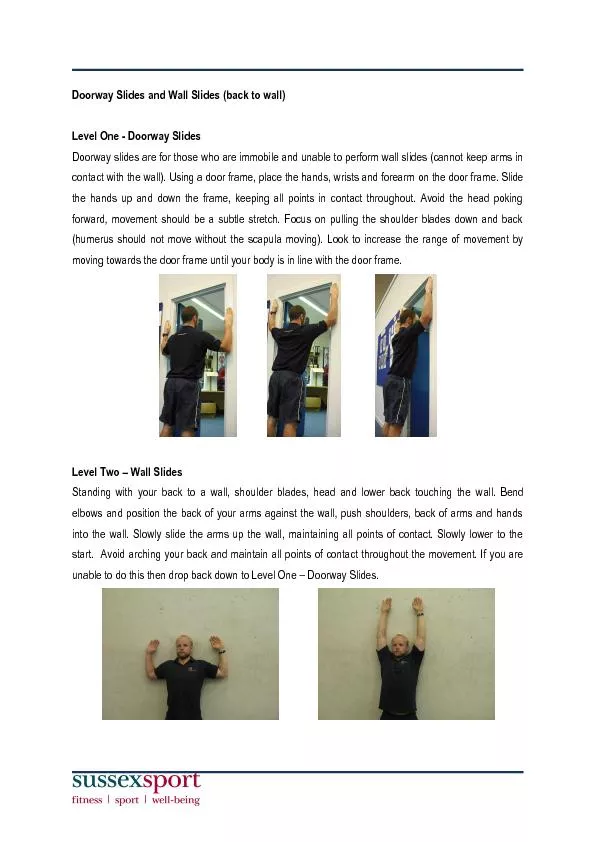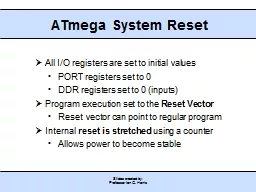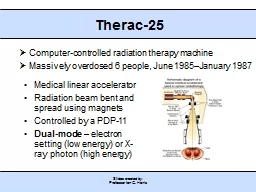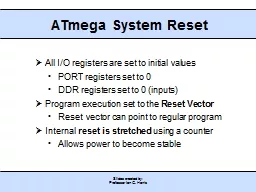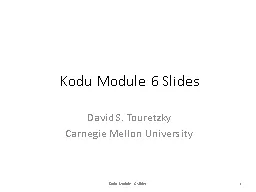PPT-. Some slides were prepared by
Author : reportperfect | Published Date : 2020-08-04
Maayan Fishelson some by Nir and most are mine I have slightly edited all slides Genetic linkage analysis Gene Hunting find genes responsible for a
Presentation Embed Code
Download Presentation
Download Presentation The PPT/PDF document ". Some slides were prepared by" is the property of its rightful owner. Permission is granted to download and print the materials on this website for personal, non-commercial use only, and to display it on your personal computer provided you do not modify the materials and that you retain all copyright notices contained in the materials. By downloading content from our website, you accept the terms of this agreement.
. Some slides were prepared by: Transcript
Download Rules Of Document
". Some slides were prepared by"The content belongs to its owner. You may download and print it for personal use, without modification, and keep all copyright notices. By downloading, you agree to these terms.
Related Documents

